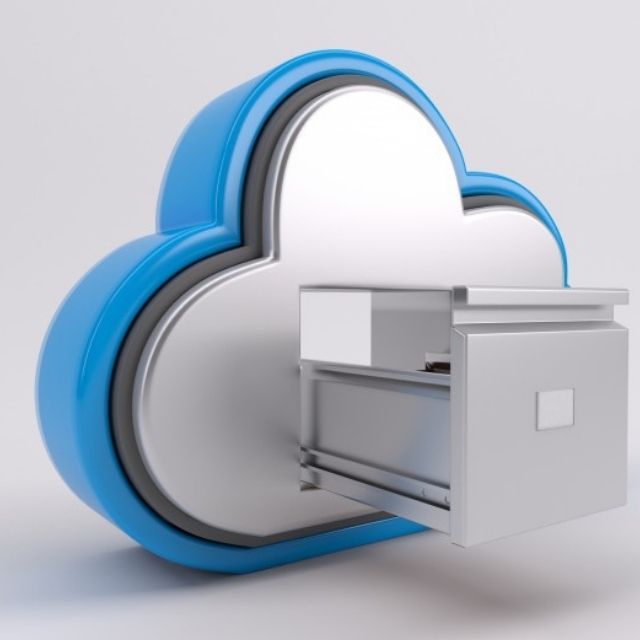In the business context, there are several ways to store data and make it available to all users. In addition to the classic variant of file storage and the more recent block storage, object storage has become increasingly popular in recent years. This system, also known as object-based storage, has spread to many professional environments so much that now even cloud solution providers offer it as a storage method.
While file storage relies on complete files for data storage by dividing block storage files into blocks of the same size, in object storage, data is managed as real objects. You can think of an object as a package. It contains data, but also many other metadata and a unique ID, and it is this ID that allows for a flat structure. Rather than being in a complex folder structure, data is next to each other in object-based storage. The actual location of the memory (local or remote) is therefore marginal.
Unlike classic file storage, metadata is freely selectable in object storage. So, rather than just storing information about name, creation date, file type, and so on, you can specify individual metadata for each file. For example, information on the corresponding application can be integrated or user data added.
Access to data, i.e. communication with memory, takes place via Hypertext Transfer Protocol (HTTP) and via a REST API. In this way the connection of client and object storage is greatly simplified, in fact each PC is able to manage the HTTP used on the web. A few simple commands are therefore enough to interact with the memory:
- PUT: create an object
- GET: read an object
- DELETE: delete an object
- LIST: lists all objects
Advantages and Disadvantages of Object Storage
In object storage there are several advantages that immediately catch the eye: on the one hand, the flat structure allows quick access. Instead of defining the memory space, the system performs this step. It is not clear to users where an object actually is. A detail that is not so important, since with the unique ID it is possible to call up and activate the object directly. That’s why this archiving method is particularly suited to a public cloud. The memory space can thus be fully exploited.
The flat design makes the object storage easily scalable. If more resources are needed, new capabilities can easily be added in the form of a node. Another advantage is given by the numerous metadata that the user can define himself. With these, data can be analyzed much more efficiently than with other archiving methods.
Conversely, object storage doesn’t do as well when it comes to performance. If finding the data is fast and easy enough, editing objects is quite laborious. Instead of changing the data directly, you need to create a completely new object each time. For this reason, object storage is indeed a valid solution for large amounts of data, but especially when these are static. When changes often need to be made, this archiving method fails to fulfill its potential.

| Advantages | Disadvantages |
|---|---|
| Easily scalable | Slowness in making changes |
| Flat structure | |
| Abundant metadata |
Object, Block or File Storage?
What is the perfect storage method? The answer depends a lot on its intended use. Block, object or row system, each method has its own peculiarities and is therefore suitable for certain activities.
| Object storage | Block storage | File storage | |
|---|---|---|---|
| Unit | Object | Block | File |
| Scalability | Easily scalable | Easily scalable | Difficult to scale |
| Performance | Poor | Good | Average |
| Direct unit updates | No | Yup | Yup |
| Price | Medium | Tall | Bass |
| Metadata | Many | Nobody | Just a few |
| Protocols | HTTP | FC / iSCSI | SMB / NFS |
| Field of use | Static data / Cloud storage | Transactional databases | File exchange |

Oliver is a cloud solutions architect specializing in scalable hosting services and infrastructure optimization. He writes about best practices for efficient and secure cloud deployments.




